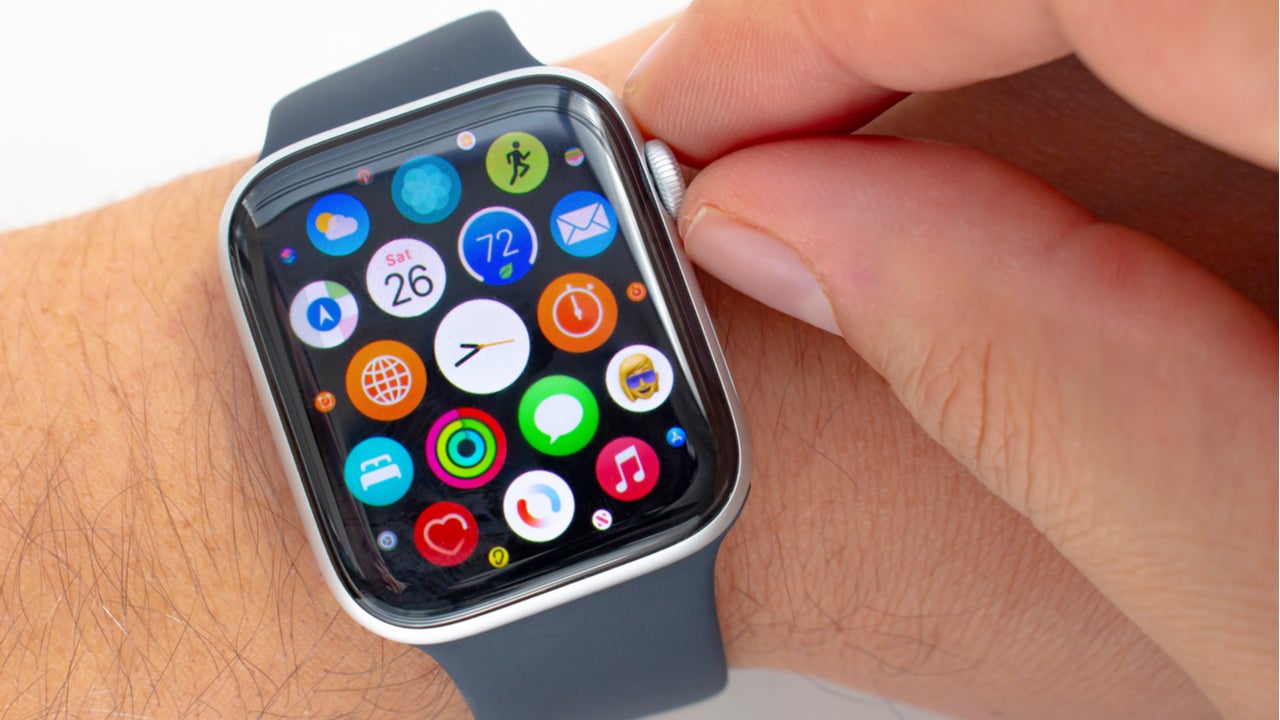
Apple was recently revealed to be a key customer of UK tech start-up Rockley Photonics, which announced a $1.2bn listing on the New York Stock Exchange via a special purpose acquisition company (SPAC) last month. Apple began purchasing products from Rockley in 2017, and is now its largest customer, having committed $70m in R&D funding for Rockley’s projects to date.
Rockley plans to go public through its SPAC merger with SC Health Corp. In an SEC filing last month, Rockley stated that Apple was the largest of six companies it has entered into contracts with or engaged with. All Rockley Photonics customers are developing smartwatches like the Apple Watch or medical devices that carry out advanced biomarker detection for chronic diseases.
Rockley said its two largest customers had accounted for 100% of its revenue in 2020 and 99.6% of its revenue in 2019. It expects to continue to be dependent on a small pool of large customers for the foreseeable future. The company closed a $65m funding round in January, which it intends to use to accelerate its growth.
The transaction is expected to deliver up to $323m of gross proceeds to the combined company, including the contribution of up to $173m of cash held in SC Health’s trust account. The combination is further supported by a $150m private investment in public equity (PIPE) at $10 per share, with participation from top-tier institutional investors including Senvest Management LLC and UBS O’Connor and participation from Medtronic.
How could Rockley Photonics impact the Apple Watch?
Rockley designs silicon photonic sensors for monitoring a person’s blood using infrared light. The company describes its technology as “significantly more accurate” than LED sensors commonly used in smart wearables. The sensors are designed to continuously, non-invasively monitor biomarkers which can usually only be tracked using specialised medical equipment, such as blood glucose and hydration levels.
Apple has been rumoured to be working on ways to add glucose monitoring to the Apple Watch. Rumours have pointed to blood glucose monitoring as a possible key feature of the Apple Watch Series 7, something that may be possible through photonics if Rockley’s claims are to be believed.
How well do you really know your competitors?
Access the most comprehensive Company Profiles on the market, powered by GlobalData. Save hours of research. Gain competitive edge.

Thank you!
Your download email will arrive shortly
Not ready to buy yet? Download a free sample
We are confident about the unique quality of our Company Profiles. However, we want you to make the most beneficial decision for your business, so we offer a free sample that you can download by submitting the below form
By GlobalDataRockley aims to provide its customers with a full-stack solution, including co-packaged hardware devices, biosensing algorithms, firmware and data analytics to allow them to provide meaningful and actionable insights to their users.
It has also applied its technology to deliver chipsets for high-speed data communications and machine vision applications, including LiDAR, a remote sensing method used for measuring the exact distance of an object from the earth’s surface.
Wearable woes
Developing genuinely accurate wearable devices for health tracking has been historically difficult to achieve, with many manufacturers putting out sub-par devices that deliver questionable readings. Photonics, however, could be the solution. The technology has been used to learn more about how memories form in the brain, diagnose diabetic retinopathy and even treat dementia – and it’s becoming an increasingly popular way to obtain blood glucose measurements.
Last year, high-tech medical device company Indigo Diabetes raised €38m in a Series B financing round to support the development of its ‘invisible’ continuous glucose monitoring device for diabetes. The company has developed a small chip that uses nanophotonics to measure glucose and ketones in diabetes patients and is designed to be inserted subcutaneously in a patient’s skin. The first clinical trial into its sensor technology began in March this year.
The results of Indigo’s trial could shed some light on how well Rockley’s photonics technology product might work, even embedded inside an Apple Watch instead of under the skin.







